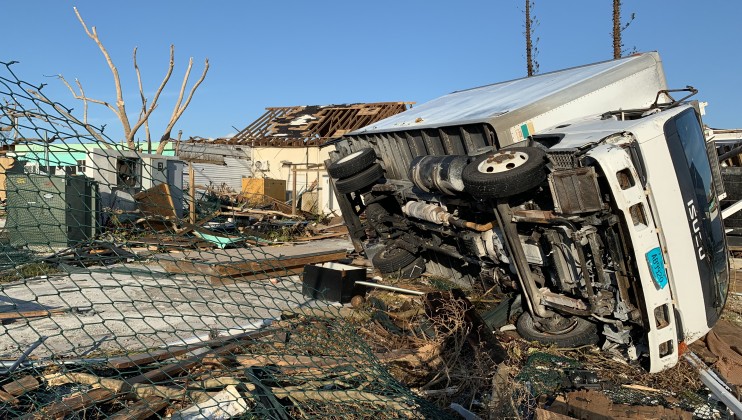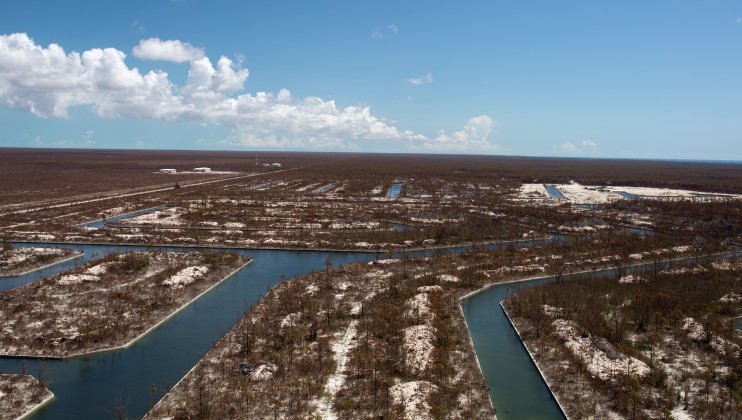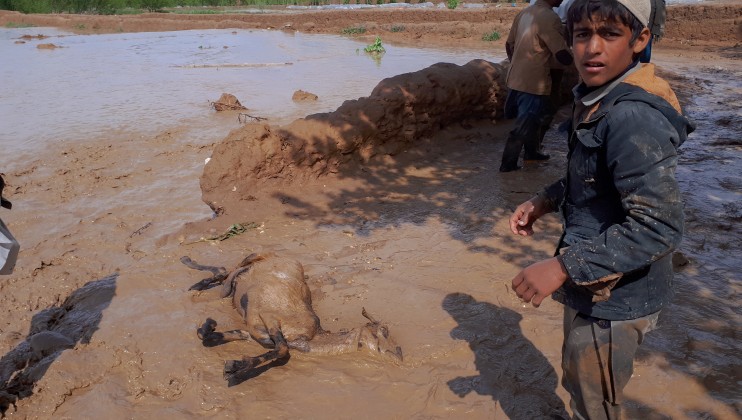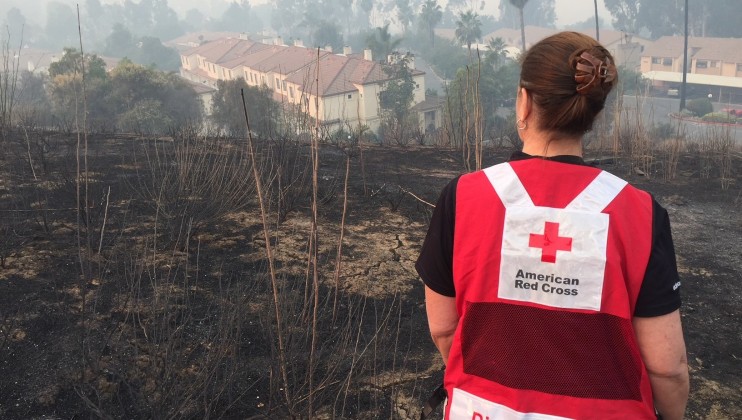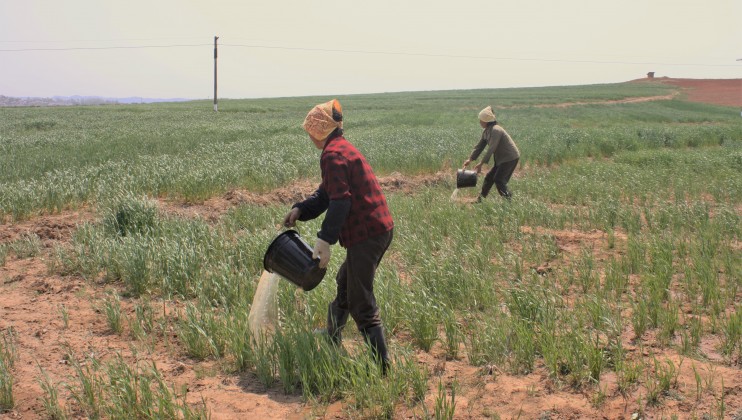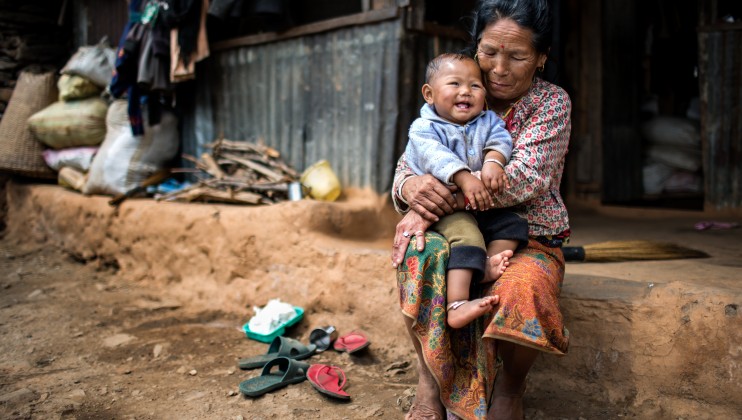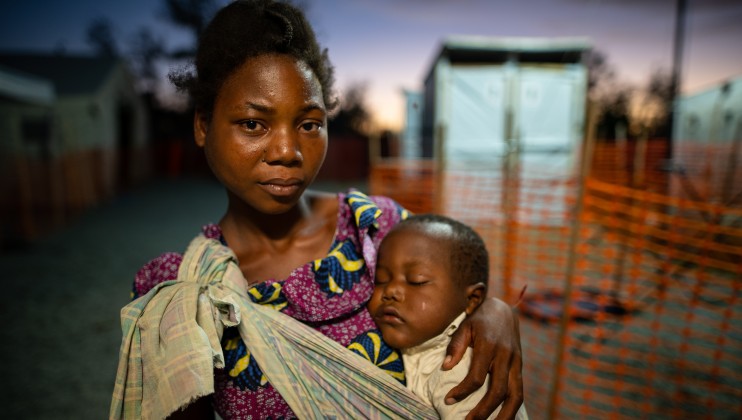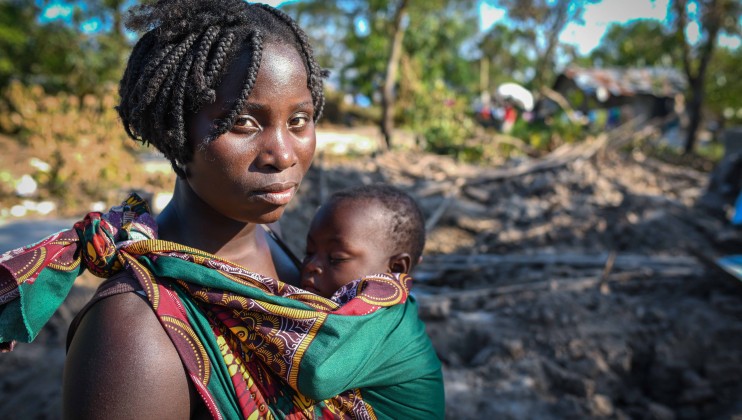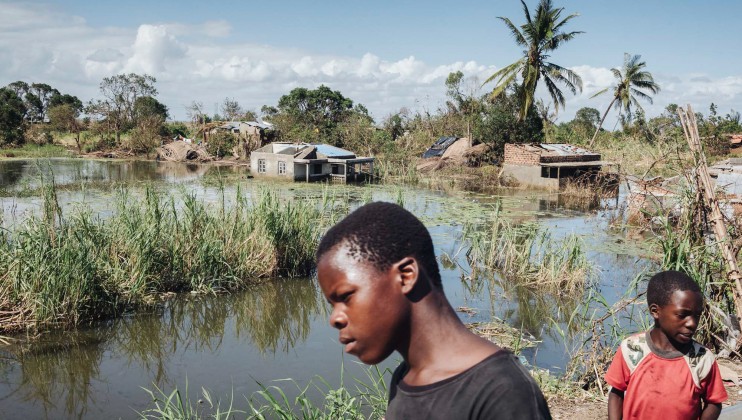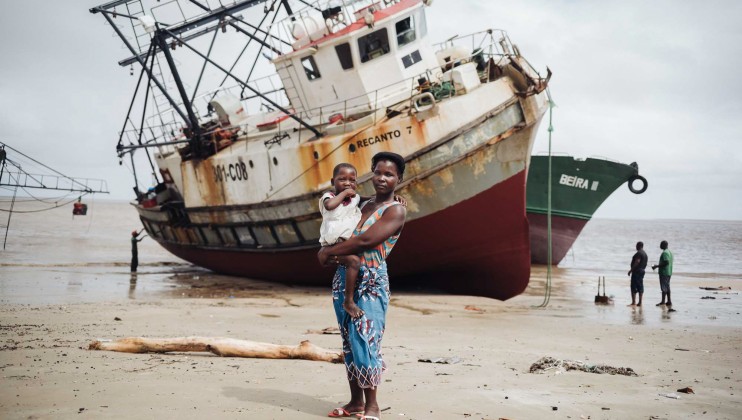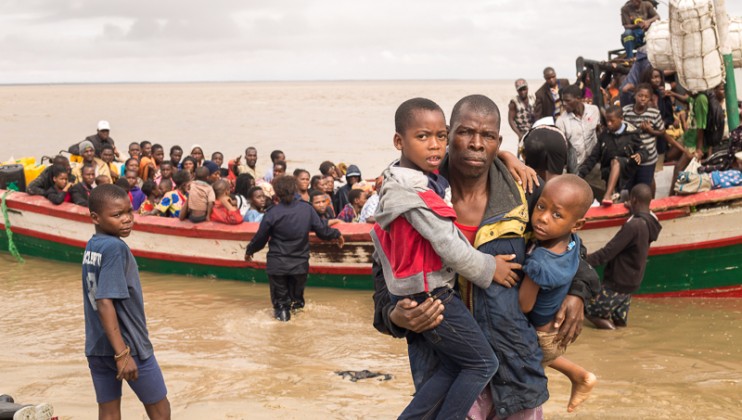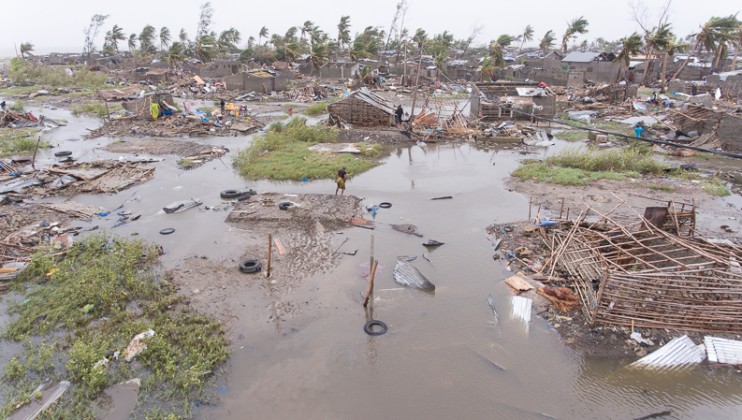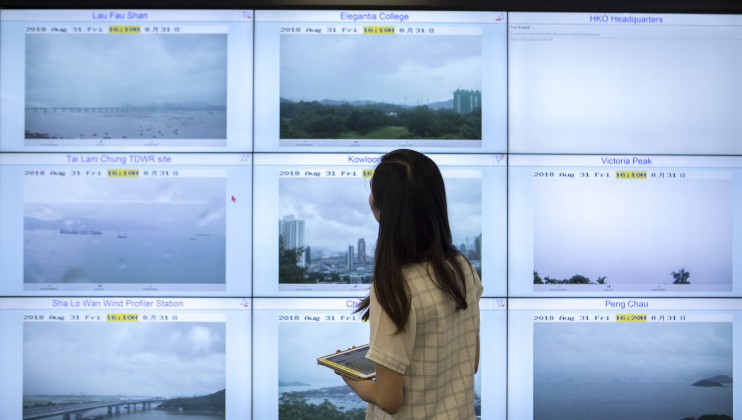IFRC Report: The Cost of Doing Nothing
UNDER EMBARGO UNTIL 12:30 EDT / 18:30 CEST 19 SEPTEMBER 2019
A new report by the world’s largest humanitarian network warns that the number of people needing humanitarian assistance every year as a result of climate-related disasters could double by 2050.
The Cost of Doing Nothing – published today by the International Federation of Red Cross and Red Crescent Societies (IFRC) – estimates that the number of people in need of humanitarian assistance as a result of storms, droughts and floods could climb beyond 200 million annually – compared to an estimated 108 million today.
It further suggests that this rising human toll would come with a huge financial price tag, with climate-related humanitarian costs ballooning to 20 billion US dollars per year by 2030, in the most pessimistic scenario.
But as well as showing a future cost of doing nothing to help communities adapt to a changing climate, the report also shows that there is a chance to do something.
This possible future of escalating suffering and ballooning costs can be avoided by investing in climate adaptation measures that can greatly reduce the impacts of climate change, particularly for the poorest and most vulnerable people.
With determined and ambitious action, the number of people in need of international humanitarian assistance annually could in fact fall to as low as 68 million by 2030, and even drop further to 10 million by 2050 – a decrease of 90 per cent compared to today.
UNDER EMBARGO UNTIL 12:30 EDT / 18:30 CEST 19 SEPTEMBER 2019


